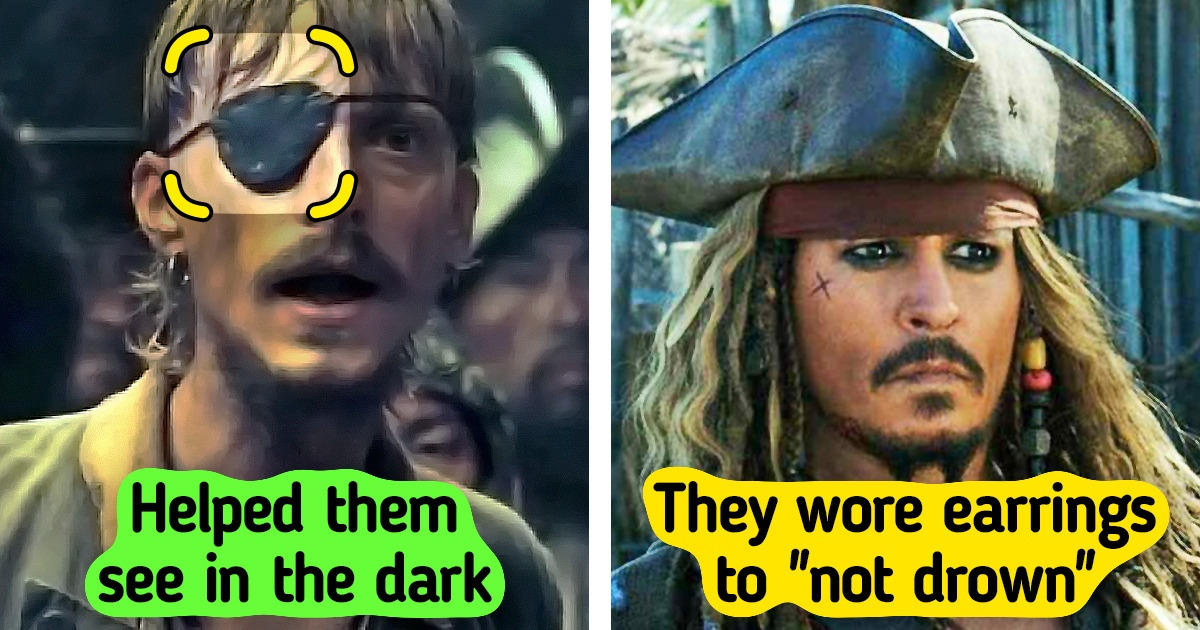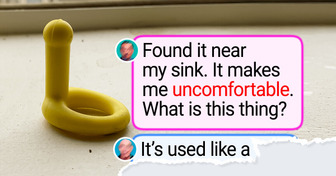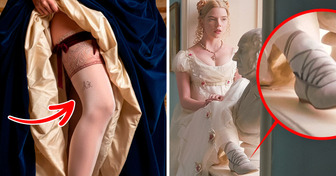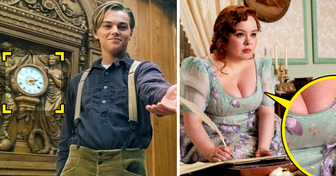15 Curious Details in Movies We Can’t Believe We Missed


The 18th century was the golden age of pirates, who were roaming the seas across the world and causing havoc. And while they do not exist in that same form anymore, piracy is still existing. You will mostly find them in the South China seas, but in most parts of the world, pirates have ceased to exist. Their existence has been well-documented though and we would like to share some not-so-known things about them.
Historians still don’t understand the origin of “Jolly Roger,” which is the name of the pirate flag with the skull and bones image on it. Some people believe the term comes from the French “Joli Rouge,” which can be translated as “pretty red.”
In fact, black and red were the 2 most popular colors for flags. They would use symbols that reminded opponents of the consequences they would face if they resisted their attacks. Skeletons, skulls, a bloody heart, an hourglass, and wings were the most used symbols on their flags.
While some pirates did wear an eye patch to hide the loss of an eye, most wore it to see better in the dark during a battle. On these occasions, a pirate would be fighting in the sunlight, and the next moment he would find himself below deck, where it was dark.
Since it takes the human eye 25 minutes on average to adapt to the change from light to dark, it was most strategic to prepare one eye to see in the dark by switching the patch from one eye to the other.
Sailors proudly wore earrings as a token of their voyages, but they also wore them for reasons that might seem a bit absurd today. For example, they believed that the precious metals in the earrings had healing properties capable of fixing bad eyesight, and that pierced ears prevented seasickness.
Moreover, they thought that a man wearing a gold earring could not drown, as this accessory was a kind of protective talisman.
Of course, pirates loved treasure — who doesn’t? But the most valuable things for them were maps. Many pirates were literate and described their “feats.” For example, at the end of the seventeenth century, Bartholomew Sharpe wrote in his reports that his most valuable treasure was not gold or silver, but rather, an atlas of Spanish sailing charts.
Sharpe later commissioned a colorfully illustrated English copy of the stolen atlas and presented it to the king of England.
When we think of a pirate, the image of a man chewing on a wooden stick with a thug expression may come to mind. The truth is that this was not done to look more intimidating, but as a way to keep their teeth clean.
Although wooden sticks were a common method of taking care of oral health, they did not always have one at hand. So there is no doubt why pirates have a reputation for having foul-smelling breath.
Pirates had lots of superstitions. Movies may have shown sailors whistling in unison, but in real life, they avoided whistling on board as they believed it would cause bad weather. They also considered sharks to be an omen that a crew member would die and believed that dolphins swimming alongside the ship would bring good luck.
The famous Blackbeard earned his nickname because of his thick beard, which gave him a fearsome appearance, and he relied on his image to get what he wanted. He was even said to intimidate prisoners by weaving hemp into his beard and setting it on fire.
How can we forget Captain Barbossa and his juicy green apple? In the movies, it may have seemed that the pirates had a varied stock of food, but in reality, the food on board was limited to what would not perish over the course of extended voyages.
For example, bread would get stale and after a short time at sea, it would become infested with weevils. Beef dried out to such an extent that sailors used it to make buttons and belt buckles. Even the pirate Henry Morgan and his crew, stranded in 1670, had to eat shredded and fried leather bags.
That’s right, Davy Jones’ locker is not a cartoon invention. Real-life pirates were convinced of the existence of this place where the souls of drowned sailors lived together with the evil spirit. For pirates, saying “you will be sent to Davy Jones’ locker” was a euphemism for death at sea.
According to the belief, Davy Jones took different forms and could be seen just before the onset of a storm or other disaster to guide sailors to their watery graves.
The sailors that worked on merchant ships were often caught in very difficult conditions. A lot of times, there wasn’t enough food on ships, and people were fed with bad food. More than that, by the end of the journey, many were not even paid.
The life of pirates was more attractive. For example, one of the codes stated that every crew member had the right to vote on discussed matters. And if someone got seriously injured during a trip, they got very good money as compensation.
While these sea adventurers may have been wrong about many of the benefits of wearing earrings, there is one thing they were right about. Earrings protected them against hearing loss. The pirates who fired the cannons of ships dangled wads of wax on their earrings to use as earplugs.
Did you know any of these info about pirates? Isn’t it amazing that they still exist even if they are completely different than they were in the past?











